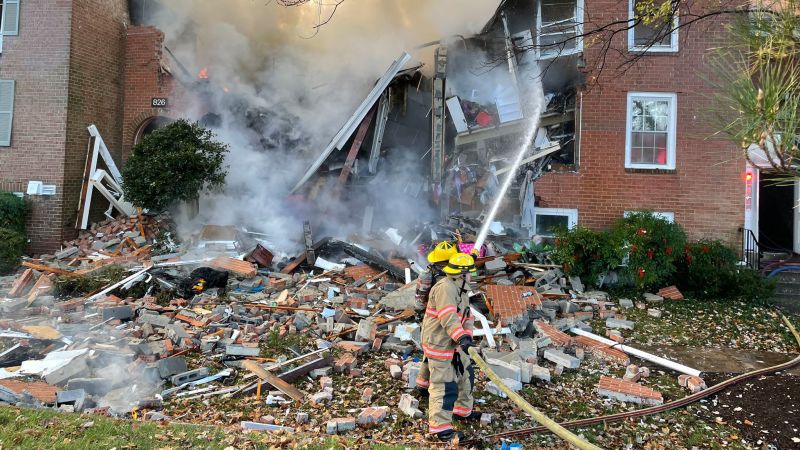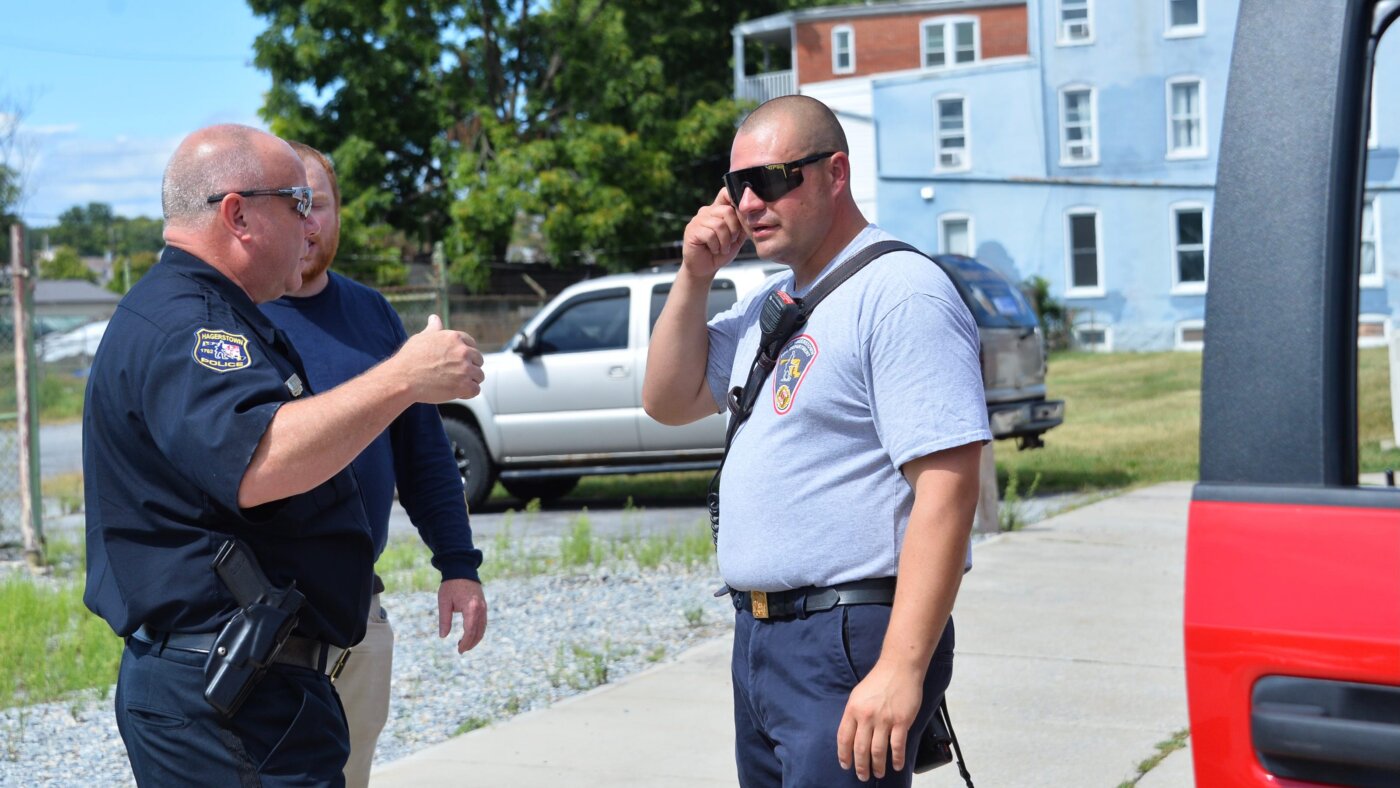Maryland Gas Leak: Ensuring Safety Measures and Prevention
Gas leaks can be a serious threat to both life and property. The state of Maryland has witnessed its fair share of incidents involving natural gas leaks, leading to devastating consequences. In this article, we will explore a recent incident at a strip mall in Maryland and discuss the measures that fire departments and utility companies can take to minimize the risk of similar occurrences. Let’s delve into the details of this incident and the key contributing factors.
Background

On May 7, 2009, a natural gas leak was reported inside a business at a strip mall in Maryland. The initial responding crew and the incident commander (IC) quickly arrived at the scene to assess the situation and manage the potential hazard.
The Explosive Event

Within minutes of their arrival, a fire captain noticed fire along the roof line of the business that had reported the gas leak. As crews pulled hoselines, another captain observed the electric meter on an adjacent unoccupied business wall catching fire. Sensing the impending danger, he attempted to escape through the rear doorway. Meanwhile, a firefighter entered the front door of the same unoccupied business and was met with the heavy smell of natural gas. Suddenly, a powerful explosion rocked the structure, causing debris and fire to erupt from every direction.
The Aftermath

The explosion resulted in significant injuries to multiple firefighters and a gas company employee. Emergency response teams swiftly initiated a personnel accountability report and worked diligently to evacuate civilians and treat the injured. Those injured ranged from third-degree burns to minor sprains and were whisked away to local hospitals for medical attention.
Investigation Findings

Following the incident, a thorough investigation was conducted by the National Institute for Occupational Safety and Health (NIOSH). The investigation revealed several key contributing factors that played a role in the severity of the explosion:
1. Insufficient Execution of Standard Operating Guidelines (SOGs)
The fire department’s updated SOGs on incidents involving flammable gas were not adequately followed, particularly regarding the operation of apparatus and firefighters in flammable areas (hot zones).
2. Accumulation of Natural Gas in Void Spaces
The presence of natural gas in the structure’s void spaces contributed to the explosive power of the incident, amplifying the destructive force.
3. Unmitigated Ignition Source
An unmitigated ignition source acted as a catalyst, triggering the explosion. Identifying and eliminating potential ignition sources is crucial to prevent such incidents.
4. Insufficient Combustible Gas Monitoring Equipment Usage and Training
The lack of proper usage and training regarding combustible gas monitoring equipment hindered the ability to detect and mitigate gas leaks effectively.
5. Ineffective Ventilation Techniques
Ventilation techniques were not implemented promptly after the ignition sources were identified, leading to the accumulation of explosive gases and worsening the outcome of the explosion.
Prevention and Safety Recommendations

Based on the findings of the investigation, NIOSH proposed several recommendations to minimize the risk of similar incidents in the future. These recommendations include:
1. Understanding and Following Standard Operating Guidelines
Fire departments must ensure that their personnel understand and adhere to the standard operating guidelines for handling natural gas leaks.
2. Immediate Communication with Utility Companies
Upon suspicion of a gas leak, the fire department should immediately contact utility companies, such as natural gas and electric providers, to cut off external supply/power to structures, mitigating the potential hazard.
3. Proper Maintenance and Training on Gas Monitoring Equipment
Regular maintenance and routine training sessions should be conducted to ensure that gas monitoring equipment is functioning correctly, and firefighters are proficient in their usage.
4. Effective Ventilation Techniques
Once ignition sources have been mitigated, fire departments should promptly employ effective ventilation techniques to disperse accumulated gases and reduce the risk of explosions.
5. Rapid Intervention Teams and Control Zones
At the onset of an incident, fire departments should stage rapid intervention teams and establish collapse/explosion control zones when dealing with potential explosion hazards, improving overall response efficiency.
Conclusion
The Maryland gas leak incident serves as a stark reminder of the importance of adhering to safety protocols and implementing preventive measures. By following the recommendations provided by NIOSH and enhancing communication between fire departments and utility companies, the risk of similar occurrences can be significantly minimized. Prioritizing safety is essential to protect both the brave firefighters who put their lives on the line and the communities they serve.
FAQs
1. How can I detect a gas leak in my home or business?
Gas leaks can often be detected by a distinct smell like rotten eggs. If you suspect a gas leak, evacuate the premises immediately and contact your local gas provider.
2. Are gas leaks common in Maryland?
While gas leaks can occur anywhere, incidents like the one mentioned in this article are relatively rare. However, it is crucial to remain vigilant and take proper precautions to prevent such incidents.
3. Who should I call in case of a gas leak emergency?
In the event of a gas leak emergency, call 911 and your local gas provider. It is crucial to leave the area and not attempt to handle the situation on your own.
4. How often should gas monitoring equipment be calibrated?
Gas monitoring equipment should be calibrated as per the manufacturer’s guidelines and recommendations. Regular inspections and maintenance are necessary to ensure accurate readings.
5. What is the role of a rapid intervention team?
A rapid intervention team (RIT) is a group of firefighters specifically trained and assigned to provide immediate assistance and rescue to any trapped or injured personnel during emergency situations.






